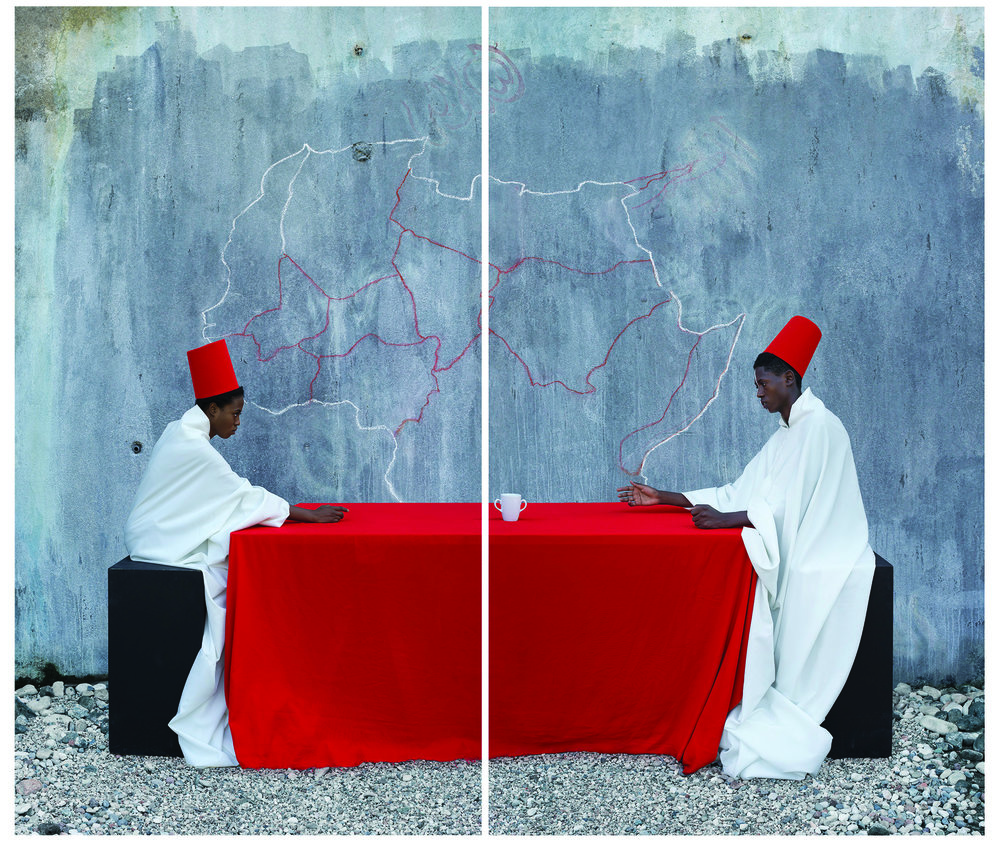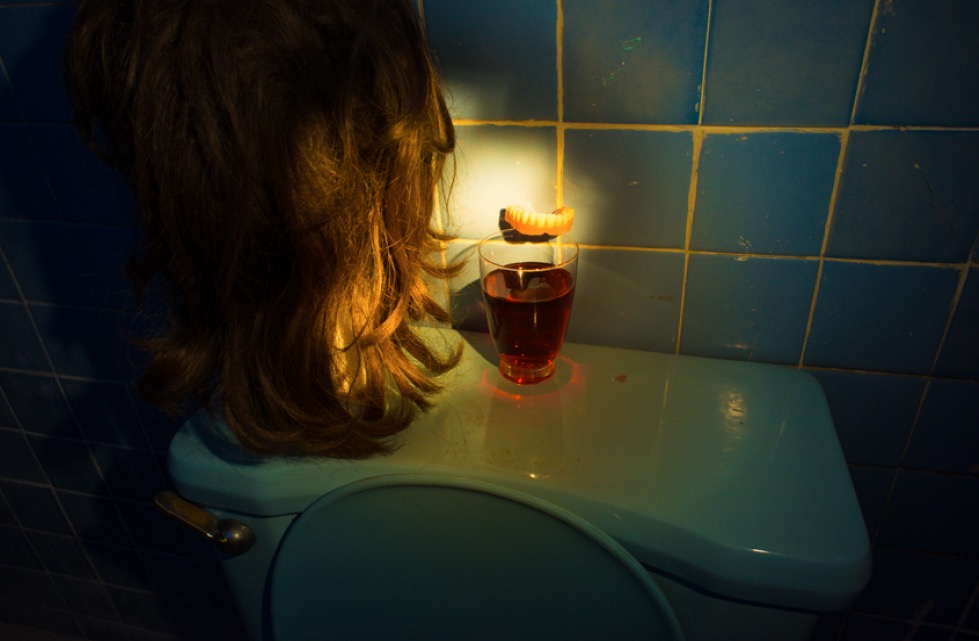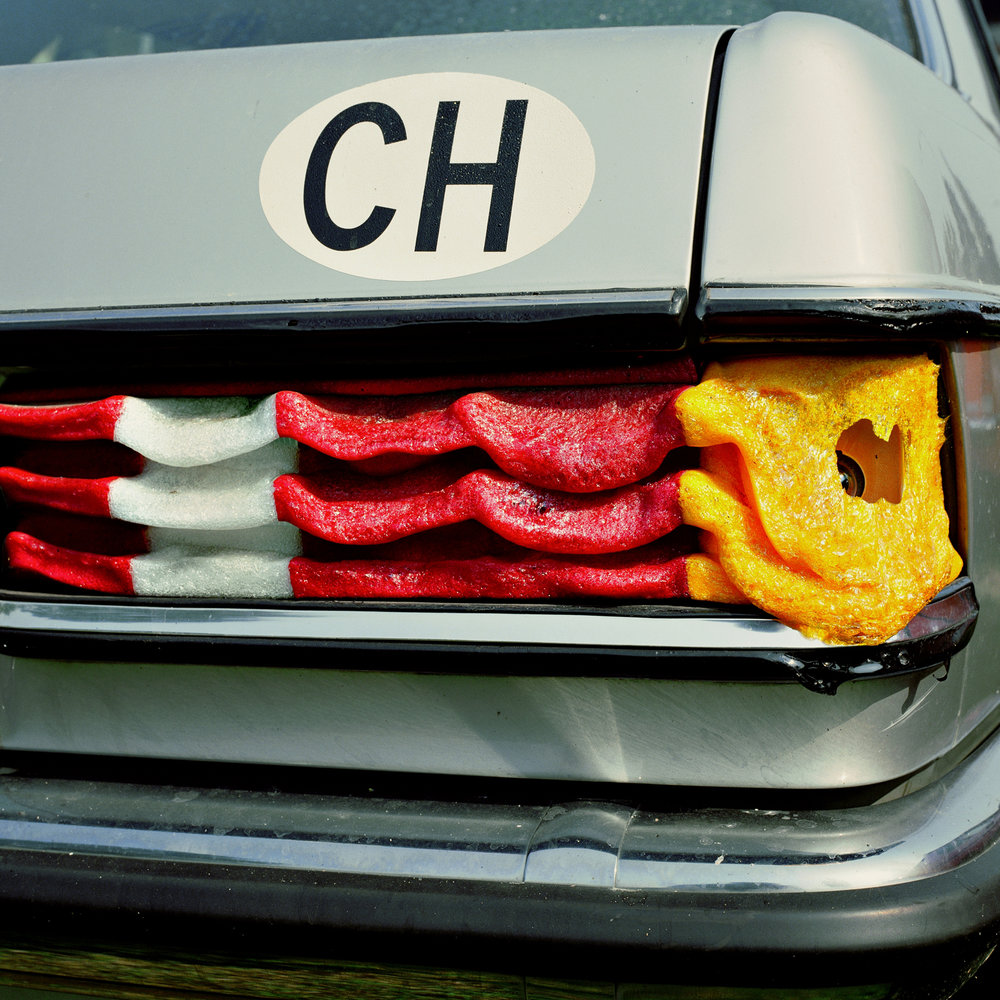Taking advantage of the buzz created by what he defines as “the holy grail” of art fairs — a.k.a. Art Basel — Eisenhut has wanted to create an independent art fair, and not merely a competitor to Paris Photo or Photo London. This year, Photo Basel brings together 34 galleries hailing from five continents, making for a very diverse art fair.
H A P P E N I N G spoke to Sven Eisenhut, the director of Photo Basel, ahead of the fair’s opening, discussing the fair’s success and its place within the broader context of the art market.
 Fairs are often compared to one another. On occasion of the fair’s first edition, you’ve said that Photo Basel aims to “create (its own) DNA”. As we approach the third edition, what would you say this DNA is?
Fairs are often compared to one another. On occasion of the fair’s first edition, you’ve said that Photo Basel aims to “create (its own) DNA”. As we approach the third edition, what would you say this DNA is?
DNA translates a bit into “USP” – photo basel’s Unique Selling Propositions are: staying relatively small, that said, we actually know all of our stakeholders personally. As a team, we all work together to create a very familiar atmosphere. In addition, being a boutique fair, we can put a lot of emphasis on a curated approach when selecting participating galleries.
In front of so many competitors, fairs have to evolve to survive. How do you think the reality of art fairs will change in future years? Will we have less fairs and more smaller, more specialized events like yours?
In our understanding, regional art fairs with an international reach, that are focused on one medium, have a great power to evolve and adapt quickly – and thus might survive. One thing is for sure, we all need to rethink the gallery model as we know it – the concept of white cube galleries might evolve and I am pretty sure that in the future, we will have to accept galleries that do not operate in a classic, ordinary “brick and mortar” style. Never forget that fairs are happenings that are just “live” for a week or so – but as a fair maker you ought to be active all year round in order to stay afloat.

Maimouna Guerresi,White Cup, 2014. Courtesy Mariane Ibrahim and Photo Basel.
Photo Basel is still young. What would you say these first three years have taught you about how the market and fairs function in general?
Well we often hear that the golden times (1990-2008) are over. The good thing is, we weren’t there then. We do not have that benchmark – meaning this is all we know – so in other words, this is as good as it gets and we have to make the best out of what we have. We also know that the art market fluctuates — much like our economy, there are good seasons and there are stormy seasons. The talent is to “hop on” at the right time and surf the wave until the very end. We are a small fair, we can react very fast and adapt – something that is crucial.

Tania Franco-Klein, from the series VANITAS SPECTACLE, Our Life in the Shadows: Morning Rituals. 2016. Courtesy Almanaques and Photo Basel.
It’s impossible to see everything in Basel. Which other fairs do you feel close to? (Within Basel?) Which other fairs do Photo Basel visitors attend?
Well, the holy grail is and remains Art Basel, personally I love LISTE art fair as well — what Peter Bläuer and his team do every year is fantastic! Our team also loves the “I never read” art book fair.
There are more Swiss galleries present at Photo Basel this year; how would you explain this — was it a deliberate choice?
For our part, as a Swiss fair with an international flair, the inclusion of Swiss galleries is crucial. Not only do they bring with them a network of collectors, but they also consider us home territory — they act as ambassadors and door openers for other participating galleries. We are blessed to reach a certain percentage of Swiss galleries and earn their trust.

Arnold Odermatt, Hergiswil, 1982. Courtesy Galerie Springer and Photo Basel.
Do collectors who attend fairs like Paris Photo or Photo London also come to Photo Basel?
They do! Some give us a lot of credit for showing not just the “same things” they see at other fairs – I am thinking here specifically of galleries such as Mariane Ibrahim (from Seattle), Galerie Springer (Berlin) or Almanaque (Mexico).
Compared to other fairs, Photo Basel comes across as more accessible to younger galleries in terms of costs. Did you have more selective selection criteria for participating galleries?
Compared to other fairs, we have relatively moderate prices. We look at the applicants in various, even holistic, ways. Our newly created artistic and curatorial teams have done an amazing job in selecting the galleries for this year’s edition and I am very excited.









